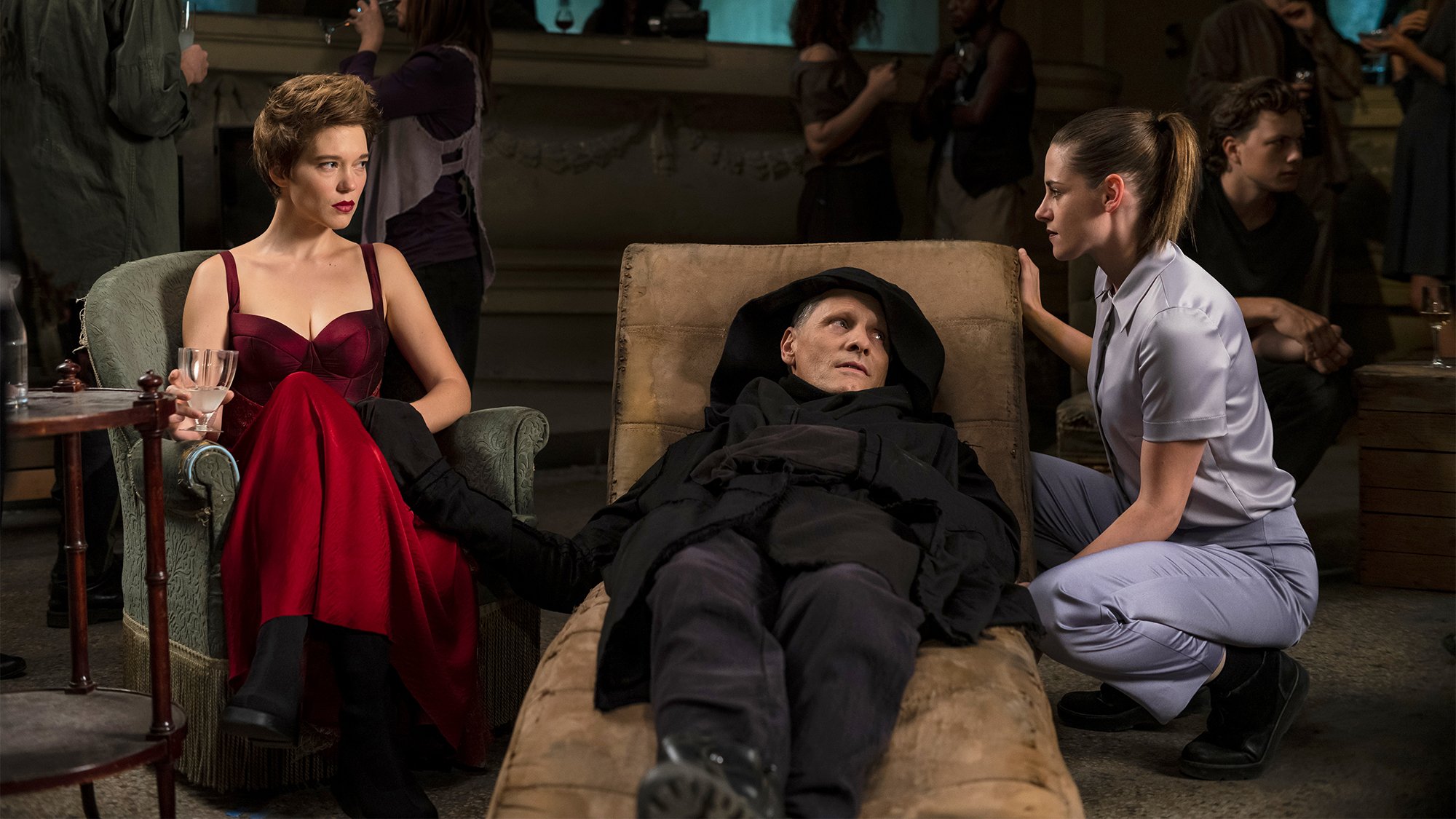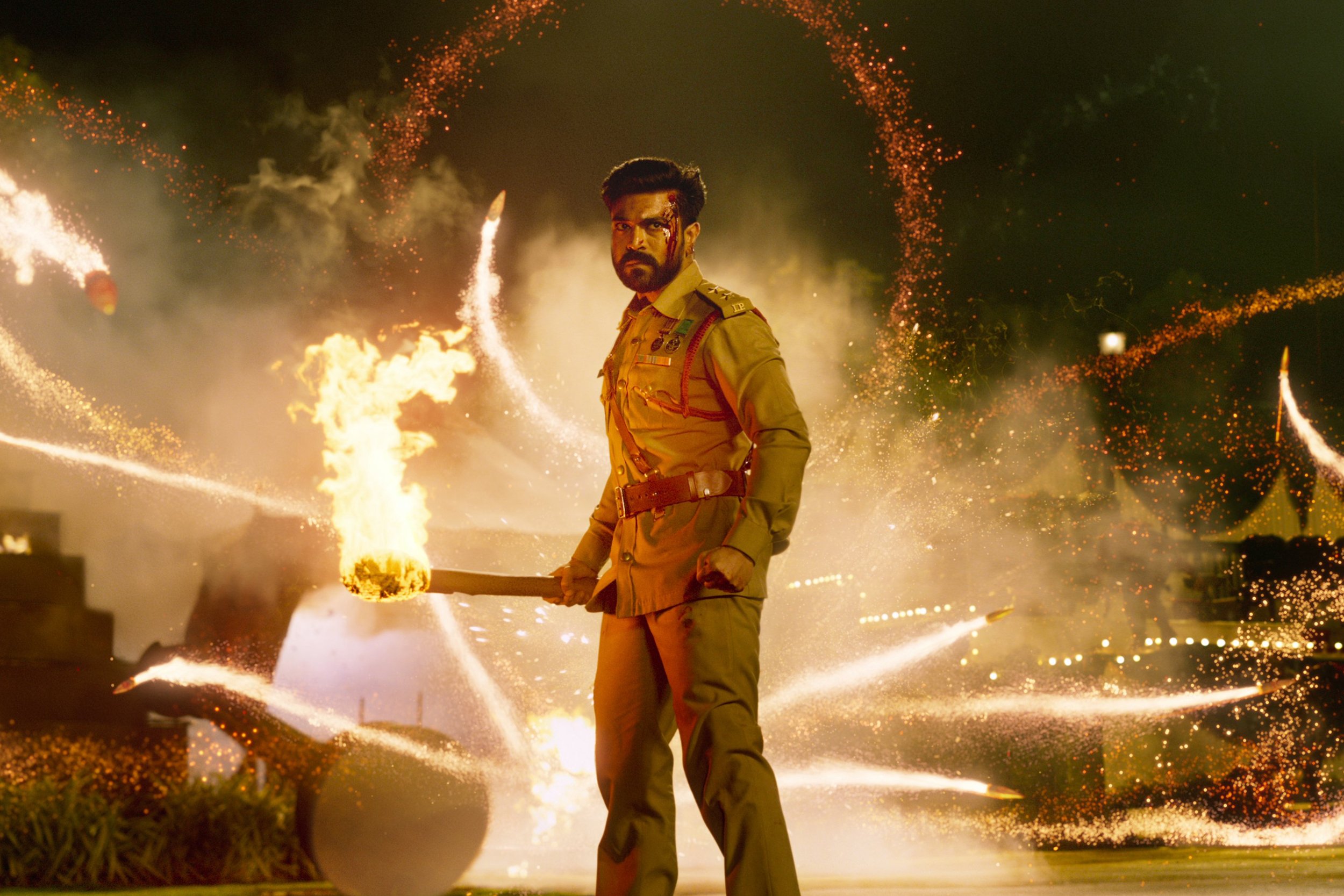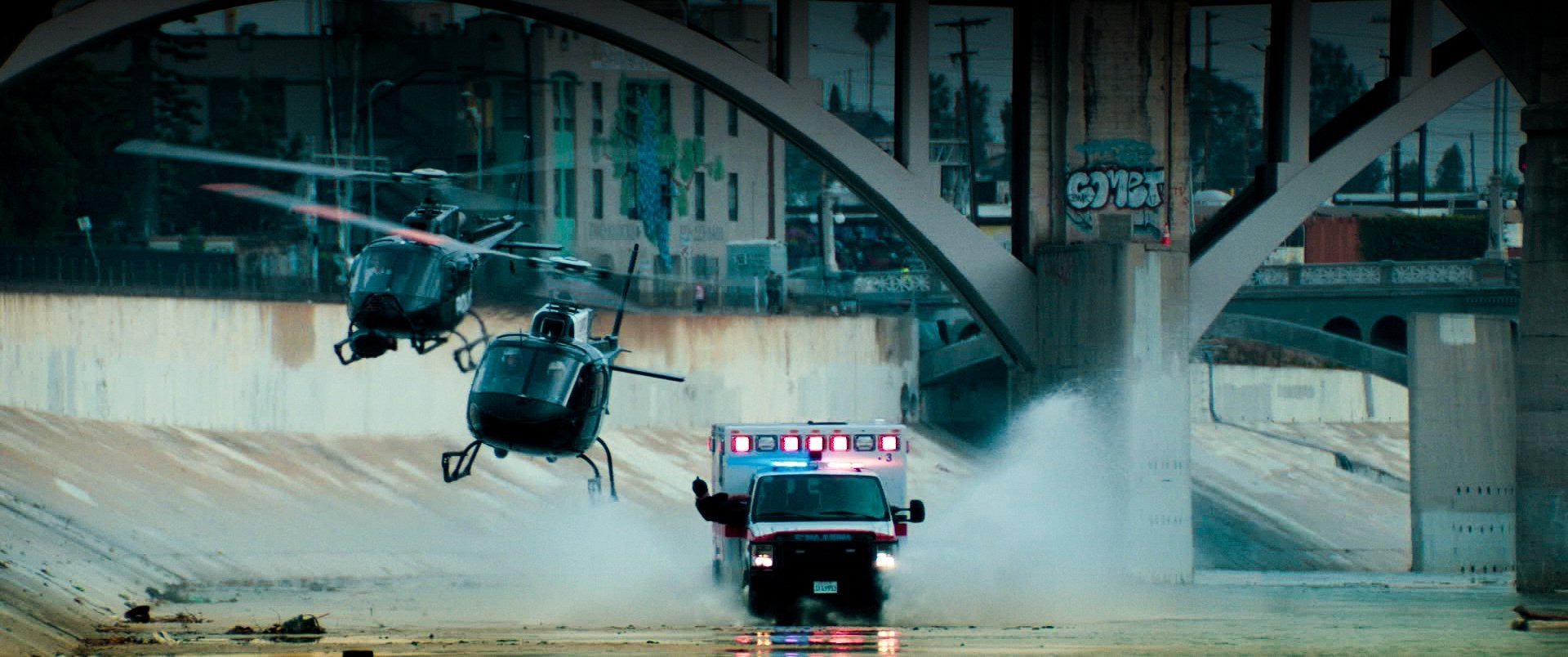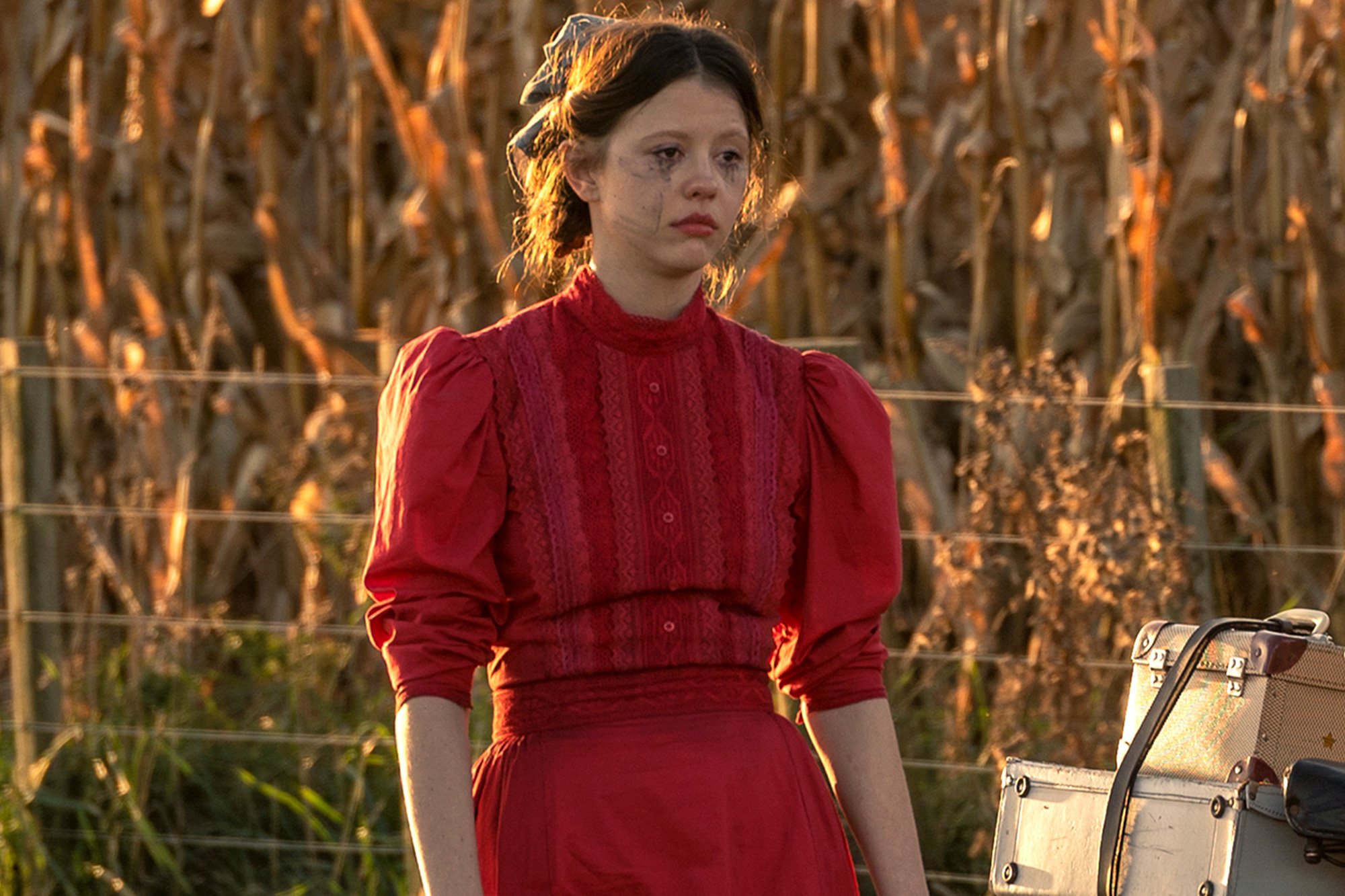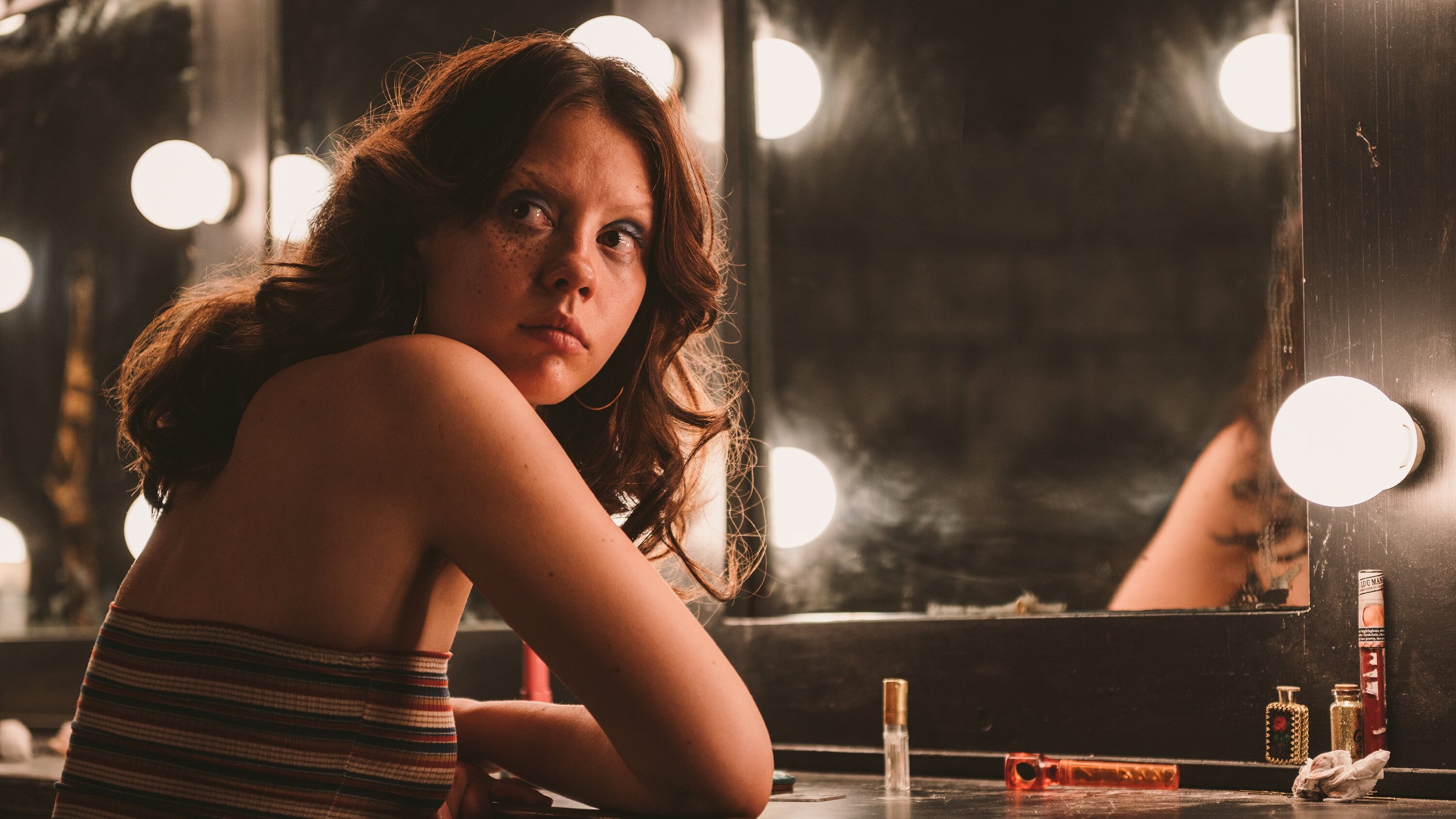Aren's Top 10 Films of 2022
1. Crimes of the Future (dir. David Cronenberg)
Canada’s greatest living filmmaker returned from an eight-year absence with a strange, meditative, archly funny riff on body horror and the tortured soul of the artist. The film focuses on “performance artist” Saul Tenser (Viggo Mortensen) and his wife Caprice (Léa Seydoux), who put on elaborate shows where Caprice operates on Saul and removes vestigial organs that have grown due to environmental mutations. Saul’s pain and disfigurement provides the materials and motivation for his art, and so Cronenberg uses Saul as a stand-in for himself in order to comment on the compromises, obsessions, and self-doubt that torments all great artists. From this description, you’d be forgiven for thinking that Crimes of the Future is a “Greatest Hits” for Cronenberg, riffing on body horror and all the usual perverse obsessions that define his career.
But the film goes much further than self-parody or self-commentary. It becomes a treatise on the degradation of our modern world, painting a portrait of a world devoid of life and possibility, where art is not just an alternative source of meaning, but seemingly the only alternative source of meaning. Taking place after some kind of environmental apocalypse, characters live in a hulled out husk of a city (filmed in Athens) and most buildings are barren and empty. Saul gets caught up with an underground movement of people who want to mutate the human body to deal with the new environmental wasteland, and as the film turns to this narrative avenue, we start to ponder a possible way forward for humankind in a world it destroyed—although one that might take the “human” out of humanity in the process.
So many films that are about art view it as something separated from or different from normal life and the larger world; there is art and then there is life, this way of thinking goes. Crimes of the Future doesn’t see the distinction. It views art as a matter of life and death, an essential element of a larger system that is falling apart, both spiritually and physically. The film becomes essential through this merging of binaries: the mind and the body, man and the world. It explores the compromises and pain of the life of the artist in a world that looks very much like the natural endpoint of our own. Crimes of the Future breaks new ground for the director and allows Cronenberg to examine himself, our psychological impulses, and the very fabric of our society, pondering the future of our world that seems increasingly on the precipice of oblivion.
2. Avatar: The Way of Water (dir. James Cameron)
Never doubt Jim Cameron. We waited 13 years for his sequel to the biggest film of all time, and it paid off with better special effects, more interesting characters, and some of the coolest whales ever put on the big screen. In many ways, The Way of Water is a quintessential Cameron sequel as it expands the setting of the original, repeats some of the same narrative beats while complicating the thematic repercussions of these moments, provides bigger and more expansive action sequences, and, chiefly, focuses on family. In some respects, it’s an improvement on the original, as it complicates the character dynamics and creates a natural environment even more intriguing than in the original film. But it’s also a novel repetition of the first film, with an interest in doppelgangers (through the recombinant Colonel Quaritch) and the possibly liberative experience of becoming an avatar. It’s a rich text examining our colonial mindset and relationship to the natural world, but let’s not forget the visceral pleasures of the film, which are enormous. This is one of the great theatrical experiences of the past decade and one of the all-time great blockbuster sequels.
3. Decision to Leave (dir. Park Chan-wook)
Park’s riff on Vertigo is a delicious spiral of a film, one that coils and uncoils with expert precision, pulling us in before it leaves us hanging, only to once again reignite our obsessions as it moves into one unpredictable narrative avenue after another. Much like Hitchcock did with Vertigo, Decision to Leave fixates on our obsessions: with cinema, with lovers, with cops and robbers, with mysteries, and with the mysterious motivations that fuel our lives. It’s an obsessive film about obsession. Through the relationship between Detective Hae-Jun (Park Hae-il) and suspect Seo-Rae (Tang Wei) we get to examine not only the excitement of romantic fixation but also the psycho-sexual cat-and-mouse between cops and criminals. You can qualify the film as a dark romance or a twisted mystery, a thriller or a drama, a meta narrative or a black comedy. The great thing about Decision to Leave is you’d be correct no matter how you classify it. This is a film that uses the tools of cinema—performance, music, editing, camera angle—with cunning precision in order to create an intoxicating mystery, one that stays with us long after the credits roll.
4. RRR (dir. S. S. Rajamouli)
One of the theatrical experiences of the year, Tollywood titan S. S. Rajamouli’s latest spectacle is another madcap blast of action genius in a year of several big budget spectacles. The film unites two massive Indian stars, N. T. Rama Rao Jr. and Ram Charan, playing fictionalized versions of key historical revolutionary figures in 1920 and crafts an exquisite bromance for the ages. The first half of the film builds up the complicated friendship between our heroes, who bond as blood brothers despite living secret lives they withhold from the other. The tension builds until it explodes in the second half, forcing our heroes to face each other and determine what kind of people they want to be and what kind of world they want to live in. There are tearful confessions, light-hearted slapstick, showdowns with CGI animals, and fire-and-water-drenched action scenes. While Hollywood filmmakers have forgotten the art of melodrama, Rajamouli hasn’t. He channels Mel Gibson and John Woo (two of his favourites) to craft a dynamic action epic, one that sweeps you up in the emotional storytelling and has you stand up and cheer during the action climaxes. Oh, and it’s got a delightful musical dance sequence featuring suspenders. What’s not to love?
5. Ambulance (dir. Michael Bay)
An absolute blast of a picture. From the opening scene, you know you’re in good hands as Michael Bay pulls out all stops to create a relentless engine of masterfully-orchestrated chaos. Yahya Abdul-Mateen II and Jake Gyllenhaal shine as the estranged brothers escaping the police in a commandeered ambulance (the scene where they sing along to Christopher Cross’s “Sailing” is a delight), but it’s Bay who is most responsible for what a fun film this is. People love to complain about how chaotic Bay’s style is, but they aren’t paying attention to just how stunning the filmmaking is: the way that the constant camera momentum creates an unrelenting pace for over two hours; the way that the drone shots create a subconscious understanding of the physical geography of the film; the way that the intensified continuity predicts the emotional beats of the narrative before it clicks for us intellectually as viewers. Ambulance is a lot to take, but it’s also Bay at his best.
6. Russia 1985-1999: TraumaZone (dir. Adam Curtis)
If you want to understand Russia in 2023, you should watch this chronicle of Russia from 1985 to 1999. Crafted entirely from BBC archival footage that has mostly been unseen until now, Curtis takes us on an emotional and ground-level journey through the collapse of the Soviet Union and the stillbirth of the democracy that was supposed to replace it. In a brilliant move, Curtis forgoes his iconic narration and use of pop music in order to focus on the footage and erase the boundaries of time. The result is an emotional realism that helps us to experience a taste of what it must’ve been like to live through these titanic historical events. Much of the footage is hard to watch, and the unadorned aesthetic requires patience and attention, but the full seven hours will reward you with a new understanding of modern history, and a newborn empathy for the Russian experience.
7. Broker (dir. Hirokazu Kore-eda)
Broker marks another rare detour outside of Japan for acclaimed filmmaker Hirokazu Kore-eda, but while the setting might be novel, the material is quintessential Kore-eda, with its examination of what constitutes family. Set in South Korea and starring Parasite star Sang Kang-ho, the film follows two black market brokers who arrange the sale of a woman’s unwanted baby. With the mother in tow, they drive across Korea to broker a deal, accidentally bonding along the way. Broker has some of the darkest subject matter of Kore-eda’s career (although not quite as dire as Nobody Knows), but the tone is anything but dour. In fact, the film is frequently delightful. Kore-eda has a soft dramatic touch, allowing us the time and space to listen to these characters express their regrets, act through their insecurities, and imagine their possible futures. The film might be sentimental, but it’s undeniably moving, expressing a grace towards its characters, and humanity in general, that is exceedingly rare in modern cinema.
8. Top Gun: Maverick (dir. Joseph Kosinski)
Hokey Americana hasn’t looked this good in years. Tom Cruise and director Joseph Kosinski’s sequel to Cruise’s 1980s bit of US naval propaganda is an honest-to-goodness blockbuster phenomenon. Top Gun: Maverick is all about the experience of watching Tom Cruise fly planes and prove himself against a group of young hotshots, led by Miles Teller. As we watch Cruise beat the odds, the film becomes a commentary on the American blockbuster and our last true movie star. The film is about the triumph of an old way of storytelling, but it also ends up being something of a last hurrah, as we know that what goes up must come down, and that even Tom Cruise will have to answer to Father Time eventually. Just not today.
9. Pearl (dir. Ti West)
A tour-de-force for Mia Goth, who gets to play out the backstory of her twisted villain from X. As a horror pastiche, Pearl riffs on Technicolor classics, chiefly The Wizard of Oz, as it examines Pearl’s dreams of becoming a star and escaping her backwater farm in 1918 Texas. We get twisted dance numbers, a fantastical seduction of a scarecrow, and several all-timer long take close-ups of Goth’s face, twisted in a rictus or luring us in with a heartfelt confession of her psychotic way of thinking. The filmmaking here is inventive and ambitious, doing a lot with a small budget, but it’s Goth that makes Pearl so remarkable. She’s as memorable—and as human—a horror villain as we’ve had in decades, truly this generation’s answer to Norman Bates and other classic villains of the genre.
10. X (dir. Ti West)
You don’t get Pearl without X, but even if we never got the prequel that deepens the backstory of the film’s villain, X would still be a wickedly effective slasher. A bunch of ambitious pornstars show up at a dilapidated farm in the late 1970s to shoot a porno. They think they can make a fortune by satisfying the lusts of the average American. They get more than they bargained for when they awaken the lust of the farmer’s psychotic wife. West deploys his famous slowburn approach with X, patiently building up the hopes, dreams, and contradictions of its characters over its first half before it violently dispatches them in the second. It’s tense and cleverly shot and brilliantly structured. Perhaps what makes X most effective is that it’s genuinely confrontational, not only in its violence and scenes of debauchery, but also in questioning the appetites of its characters and its viewers. It’s an example of horror cinema’s unheralded aptitude for moral investigation.
Another 10
Aftersun (dir. Charlotte Wells)
Armageddon Time (dir. James Gray)
The Batman (dir. Matt Reeves)
The Fabelmans (dir. Steven Spielberg)
Fire of Love (dir. Sara Dosa)
Jeen-yuhs: A Kanye Trilogy (dir. Coodie Simmons & Chike Ozah)
Navalny (dir. Daniel Roher)
The Northman (dir. Robert Eggers)
Scream (dir. Matt Bettinelli-Olpin & Tyler Gillett)
The Viewing (dir. Panos Cosmatos)
